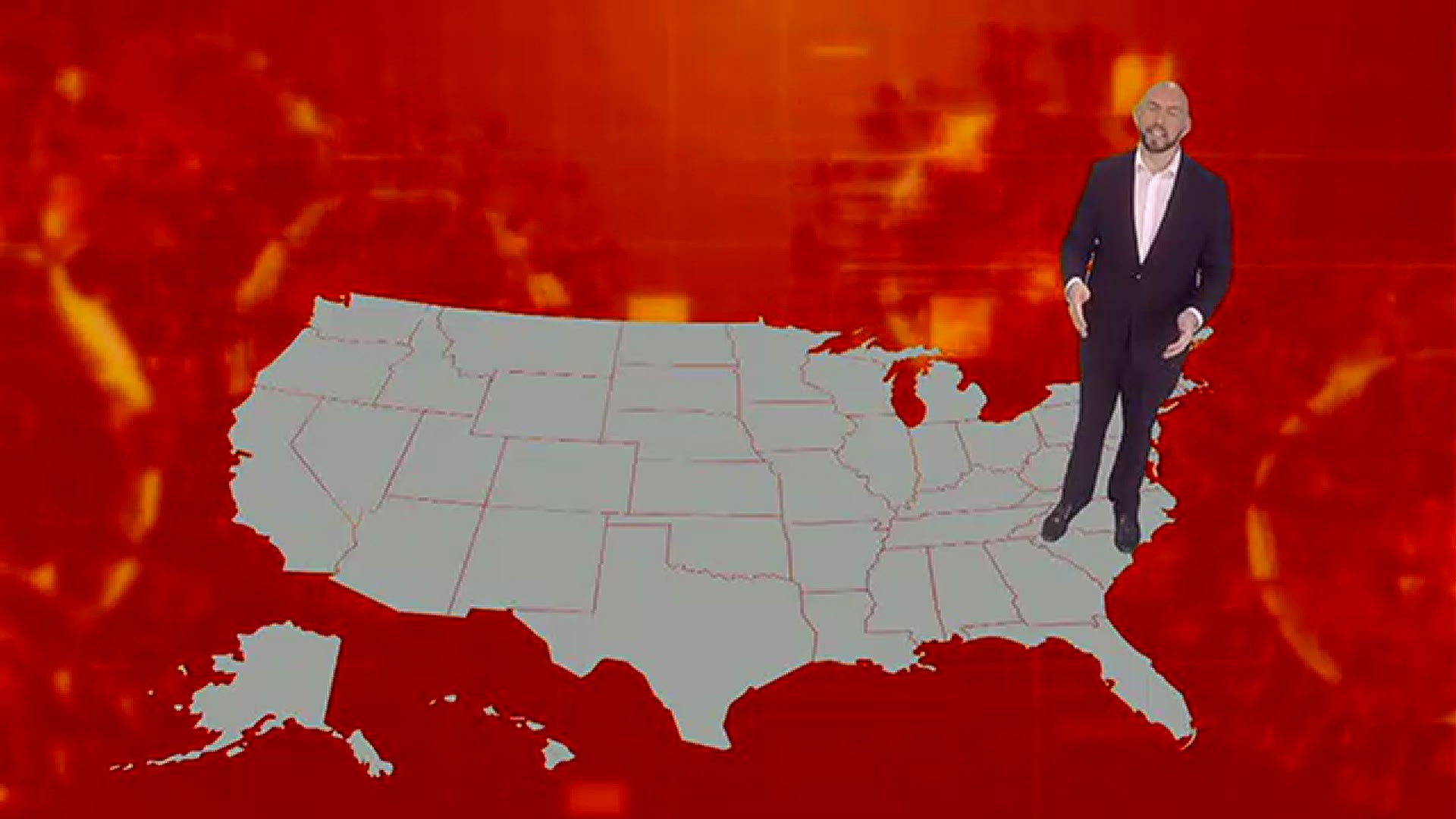GREENSBORO, N.C. — North Carolina's curfew kicks-in Friday night, but some places across the country have already had this measure in place for days or weeks.
In Ohio it started November 19. Their governor, Mike DeWine, said the curfew is making a dent in the spread of coronavirus.
"Looks like certainly the rate of increase is slowing down," said DeWine.
Slowing down but the number of new cases is still going up, and DeWine is expected to announce additional restrictions later this week.
"I think the curfew as well as the masking order have slowed this rate of increase, but it is still at a much too high level," he said.
On November 21, California started the same 10 pm to 5 am curfew as North Carolina will have in their hot spot counties. After a week and a half , LA's mayor changed it to an around the clock stay at home order.
And in San Antonio, one city councilman thinks the Texas curfew might have done more harm than good.
"If there's gonna be a spike after Thanksgiving, is that because a curfew was put in place that caused people to jam into the bars and restaurants earlier than 10," Councilman Clayton Perry said in a San Antonio Report interview.
Doctor Saskia Popescu has a similar concern. She's an infectious disease professor at George Mason University.
"Unfortunately though, for a lot of places, it actually condenses the period of time that people are likely to visit the businesses which then make it high risk," she said.
All these places have different cultures, different needs. So the curfew worked differently for all of them. But bottom line: all needed more than just the curfew to slow the spread of coronavirus.

